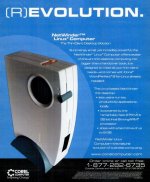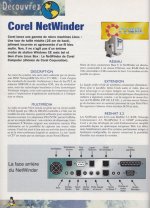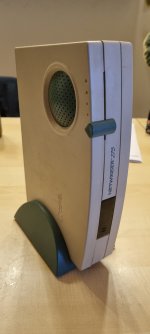JonB
Veteran Member
HI
I recently came into a rather cute little Corel Netwinder and I would like to know more about it.
I found a web site - http://www.netwinder.org/about.html - but it seems all the image downloads are offline due to some Open Source restriction on distributing closed source code. Pfft.
Mine is a Rev 5 so it's the "latest" version. it is working, rather noisily, and I've taken backups of the three partitions on the hard drive. I just booted it for the third time and was rather charmed at its "Welcome to Netwinder" announcement, made in a precocious sounding girl's voice. It didn't do that the last two boots.
Does anyone have any links or info to share about it, other than what is on the netwinder.org site?
Thanks
JonB
I recently came into a rather cute little Corel Netwinder and I would like to know more about it.
I found a web site - http://www.netwinder.org/about.html - but it seems all the image downloads are offline due to some Open Source restriction on distributing closed source code. Pfft.
Mine is a Rev 5 so it's the "latest" version. it is working, rather noisily, and I've taken backups of the three partitions on the hard drive. I just booted it for the third time and was rather charmed at its "Welcome to Netwinder" announcement, made in a precocious sounding girl's voice. It didn't do that the last two boots.
Does anyone have any links or info to share about it, other than what is on the netwinder.org site?
Thanks
JonB




